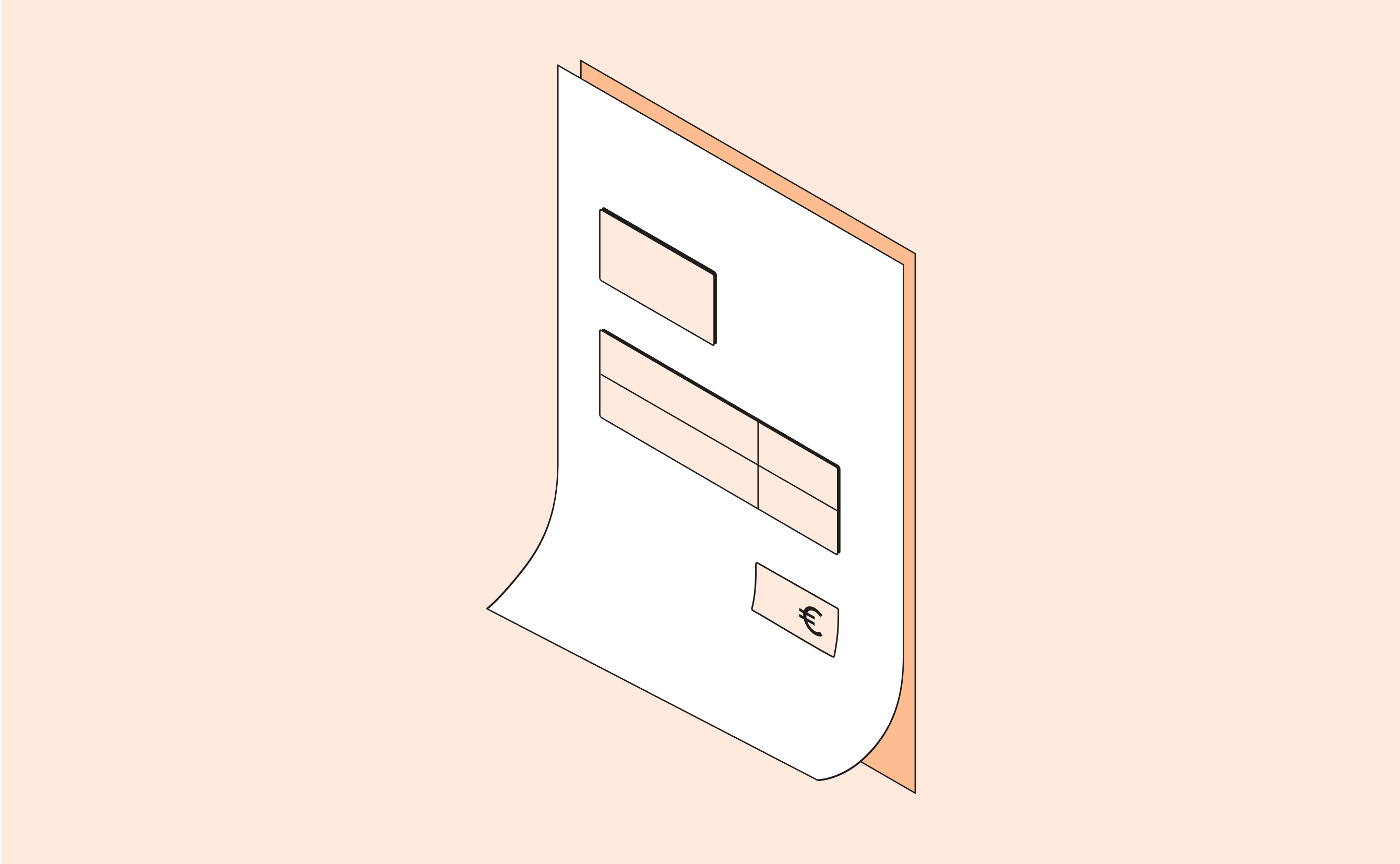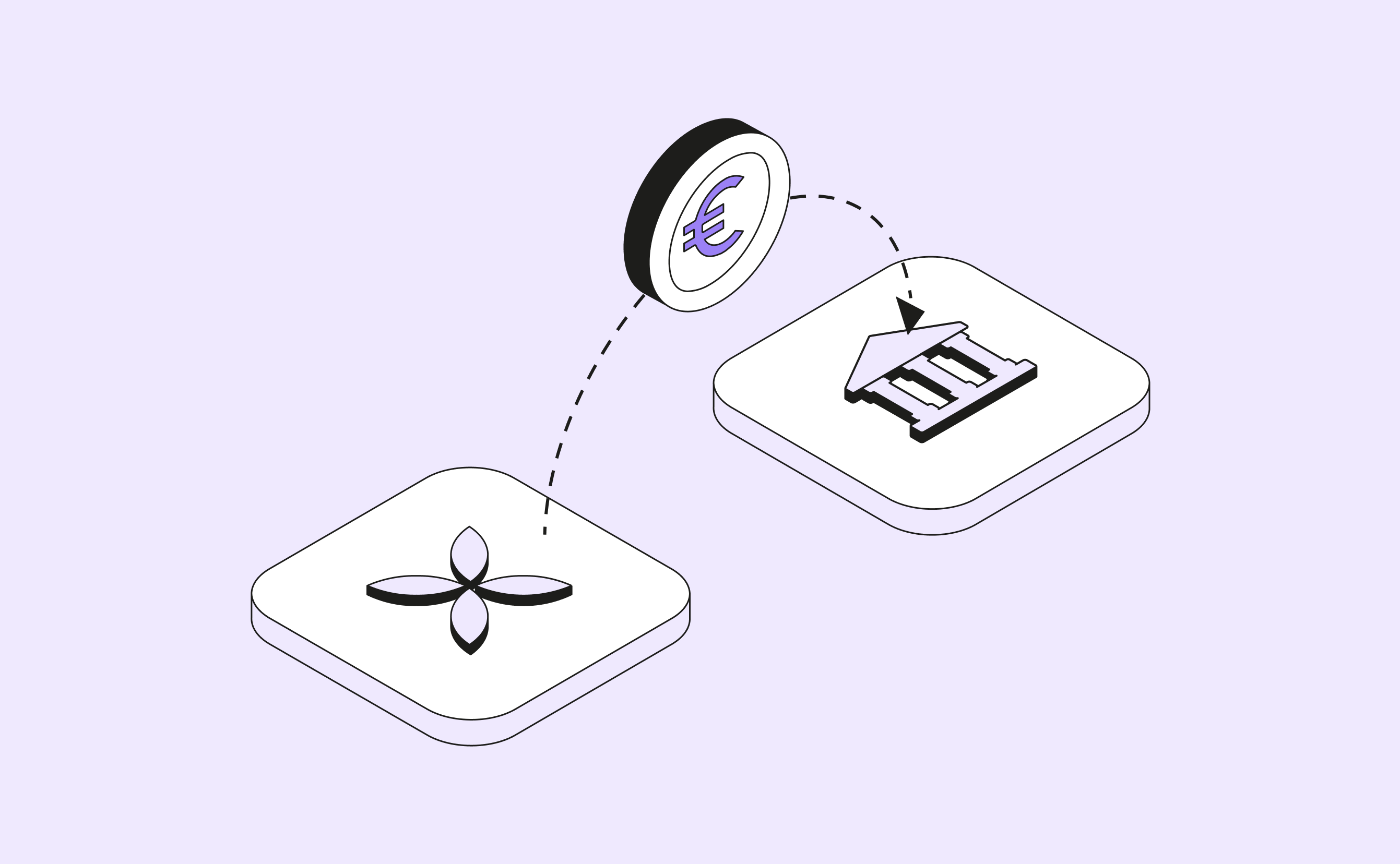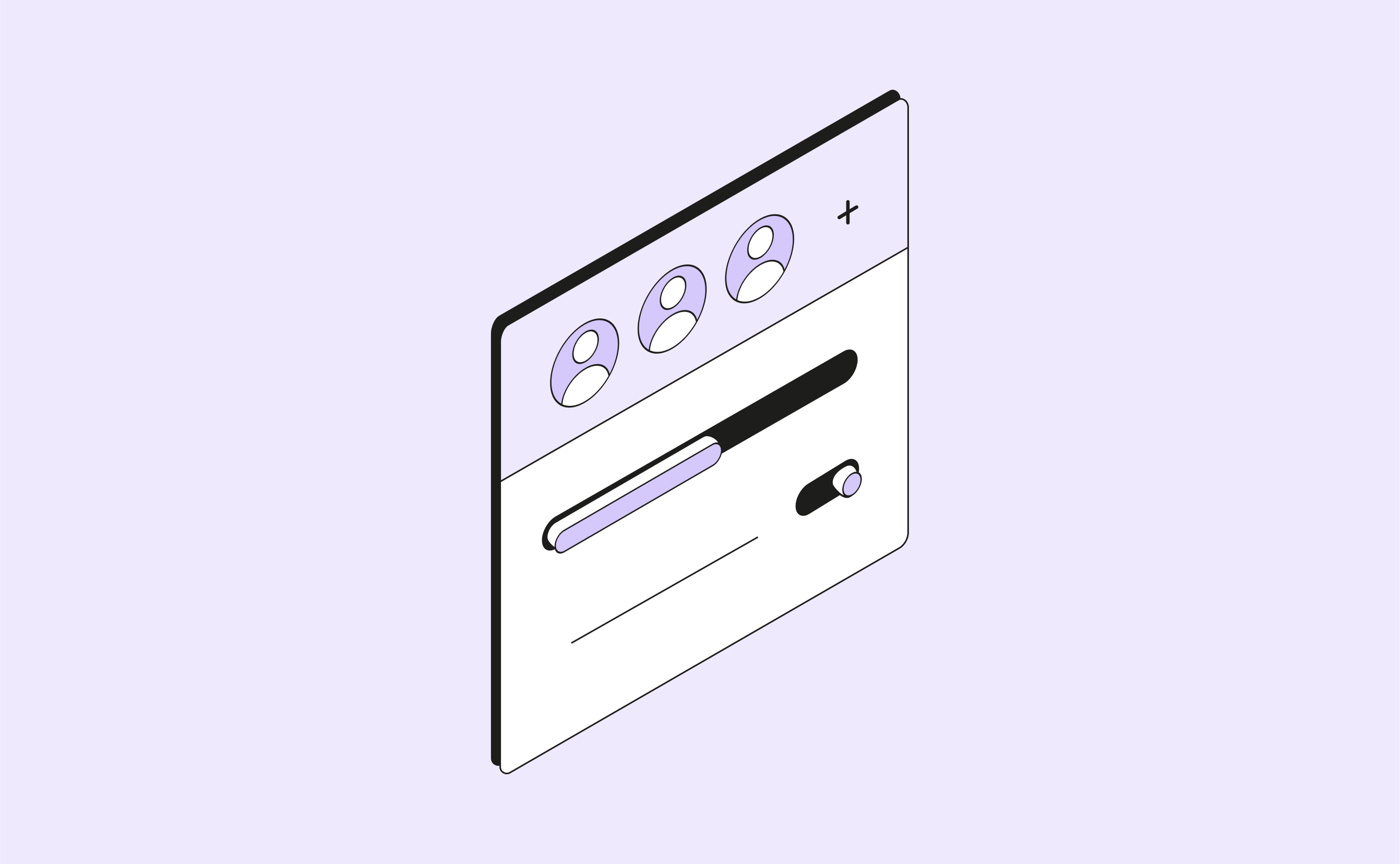Active assets: how a company uses its resources
In balance sheets, active assets have positive value. They translate to what a company has in its possession. There are two types of active assets: fixed (like equipment, for example) and current (like stocks, bank balance, etc.).
Active assets in your business’ balance sheet forecast therefore need to have the following distinctions:
- Fixed assets
Fixed assets are assets that your business owns and are considered useful for its day-to-day operation for a period of over 12 months. There are three subtypes of fixed assets out there:
- Tangible assets: computer equipment, vehicles, machines, real estate, etc.,
- Intangible assets: business capital, contracts, patents, software, etc.,
- Financial fixed assets: loans, stock options, financial securities, etc.
- Account receivables and stock
These make up part of the current assets, i.e. they’re in the business’ possession for less than 12 months. In this subcategory you’ll find:
- Account receivables: advance goods and/or services rendered to customers, pending invoices, etc.,
- Stock: raw materials, merchandise, etc.
- Bank accounts and cash flow
These are also considered current assets. Within this subcategory there are:
- Bank accounts and cash: liquid funds that are available on the business’ bank account (also known as liquid assets) that are immediately accessible,
- Transferable securities (in French, les valeurs mobilières de placement or VMP): financial assets that are purchased for quick resale that offer gains, like stocks or bonds.







